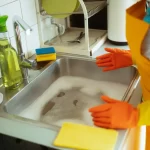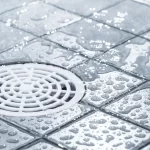Should Etobicoke Residents Be Concerned About Basement Flooding?
Etobicoke is an amazing place to live. We don’t have the prices of Toronto homes and still live in a strong community with great opportunities. But while Etobicoke may be unique in many positive [...]





